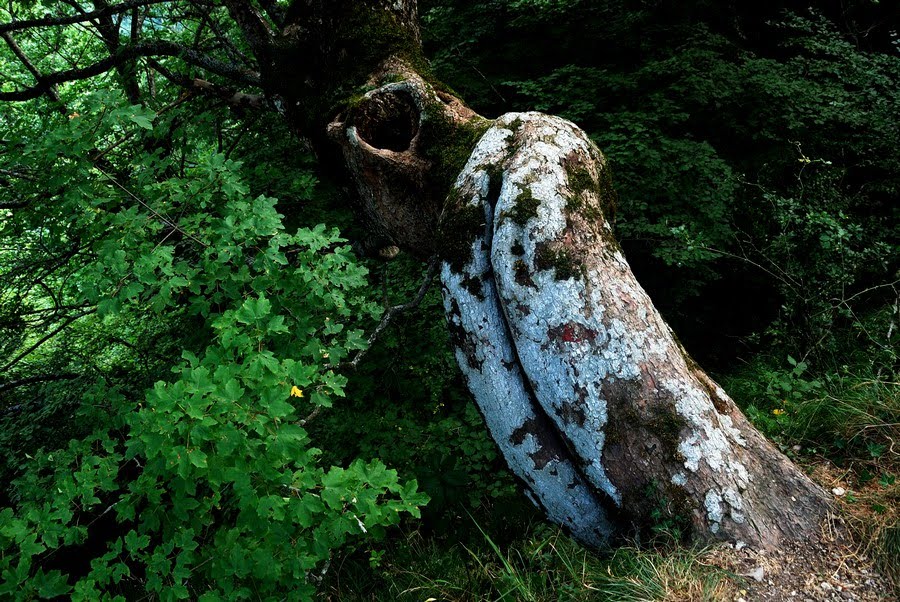
I went to the doctor recently for a check-up. She took my blood and a few days later she told me that it was a bit irregular, and that it's possible I might have gallstones. I've been having stomach pains for the past few days but I don't know if it's symptoms of gallstones or just my period about to come. if it were to be gallstones, what would be the symptoms?? I'm really scared if it is, I've never had surgery in my life ![]()
stone cause left tummy pain very low almost at the bladder. if also usually will give you frequent urination. cloudy urine and somtimes even blood in the urine. you may have gallstone but often they arent an issue if left alone untill they start to become painful. when they grow to a large size and press on teh nerves inside of the gallbladder it will be so painful you most likley will throw up from pain. if that isnt the case and thares no blood in teh urine or cloudy urine and you arent peeing every five mins. then even if you do have them they arent a big issue yet. its always a good idea to have them removed to prevent problems but its not super urgent if you arent having these kinds of symptoms.
Gallstones you would have so much pain that you would think you were having a heart attack.
In fact until they rule it out that is what most doctors think you are having, stomach pains mean you could have an infection or coming down with something like the flu;blood work with high white count confirms it.
Had a friend with gallstone attack her incision was like about an inch long
Hi Taylor.
The majority of people with gallstones have no signs or symptoms and are unaware of their gallstones. (The gallstones are "silent.") their gallstones often are found as a result of tests (for example, ultrasound or X-ray examination of the abdomen) performed while evaluating medical conditions other than gallstones. Symptoms can appear later in life, however, after many years without symptoms. Thus, over a period of five years, approximately 10% of people with silent gallstones will develop symptoms. Once symptoms develop, they are likely to continue and often will worsen.
Gallstones are blamed for many symptoms they do not cause. among the symptoms gallstones do not cause are:
• dyspepsia (including abdominal bloating and discomfort after eating),
• intolerance to fatty foods,
• belching, and
• flatulence (passing gas or farting).
When signs and symptoms of gallstones occur, they virtually always occur because the gallstones obstruct the bile ducts.
The most common symptom of gallstones is biliary colic. Biliary colic is a very specific type of pain, occurring as the primary or only symptom in 80% of people with gallstones who develop symptoms. Biliary colic occurs when the extrahepatic ducts-cystic, hepatic or common bile-are suddenly blocked by a gallstone. (Slowly-progressing obstruction, as from a tumor, does not cause biliary colic.) behind the obstruction, fluid accumulates and distends the ducts and gallbladder. in the case of hepatic or common bile duct obstruction, this is due to continued secretion of bile by the liver. in the case of cystic duct obstruction, the wall of the gallbladder secretes fluid into the gallbladder. It is the distention of the ducts or gallbladder that causes biliary colic.
Characteristically, biliary colic comes on suddenly or builds rapidly to a peak over a few minutes.
• It is a constant pain, it does not come and go, though it may vary in intensity while it is present.
• It lasts for 15 minutes to 4-5 hours. if the pain lasts more than 4-5 hours, it means that a complication – usually cholecystitis – has developed.
• The pain usually is severe, but movement does not make the pain worse. in fact, patients experiencing biliary colic often walk about or writhe (twist the body in different positions) in bed trying to find a comfortable position.
• Biliary colic often is accompanied by nausea.
• Most commonly, biliary colic is felt in the middle of the upper abdomen just below the sternum.
• The second most common location for pain is the right upper abdomen just below the margin of the ribs.
• Occasionally, the pain also may be felt in the back at the lower tip of the scapula on the right side.
• on rare occasions, the pain may be felt beneath the sternum and be mistaken for angina or a heart attack.
• An episode of biliary colic subsides gradually once the gallstone shifts within the duct so that it is no longer obstructing.
Biliary colic is a recurring symptom. Once the first episode occurs, there are likely to be other episodes. Also, there is a pattern of recurrence for each individual, that is, for some individuals the episodes tend to remain frequent while for others they tend to remain infrequent. The majority of people who develop biliary colic do not go on to develop cholecystitis or other complications.
Take Care. regards.